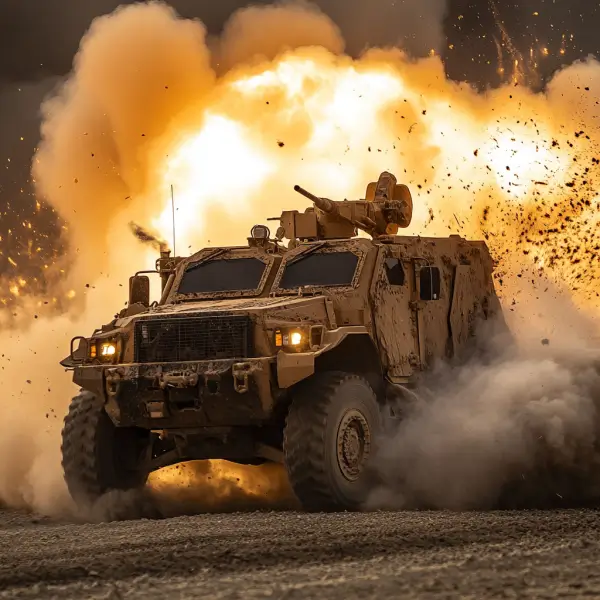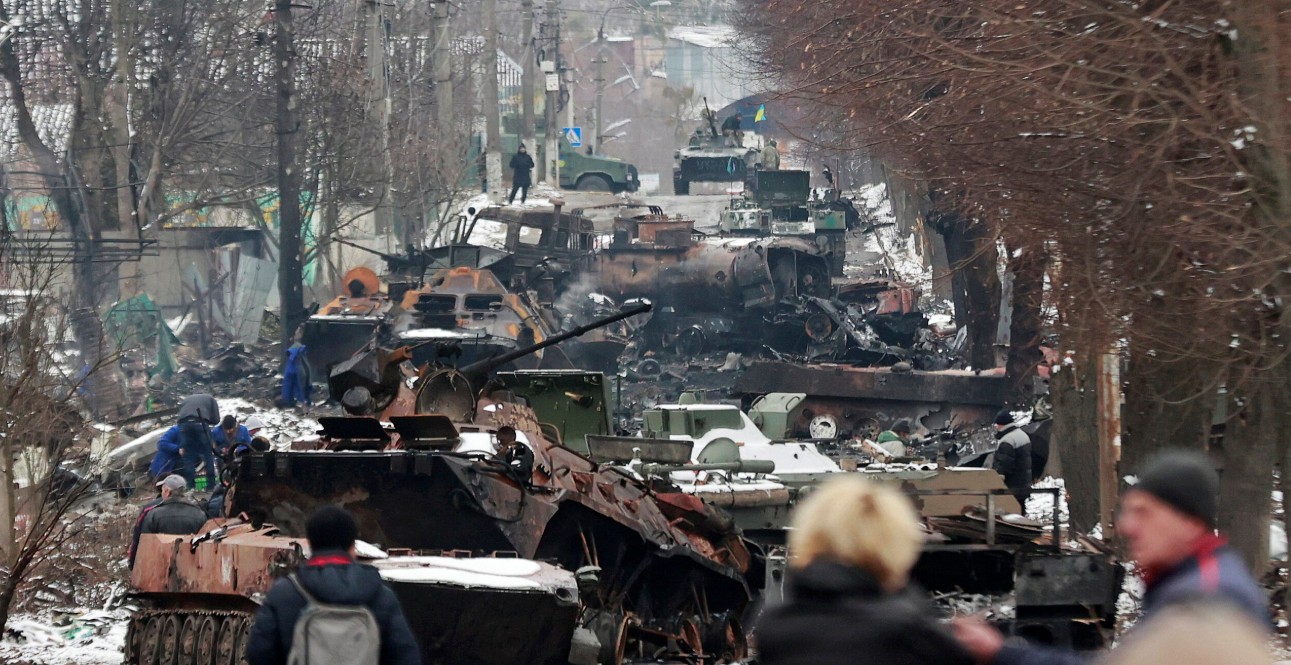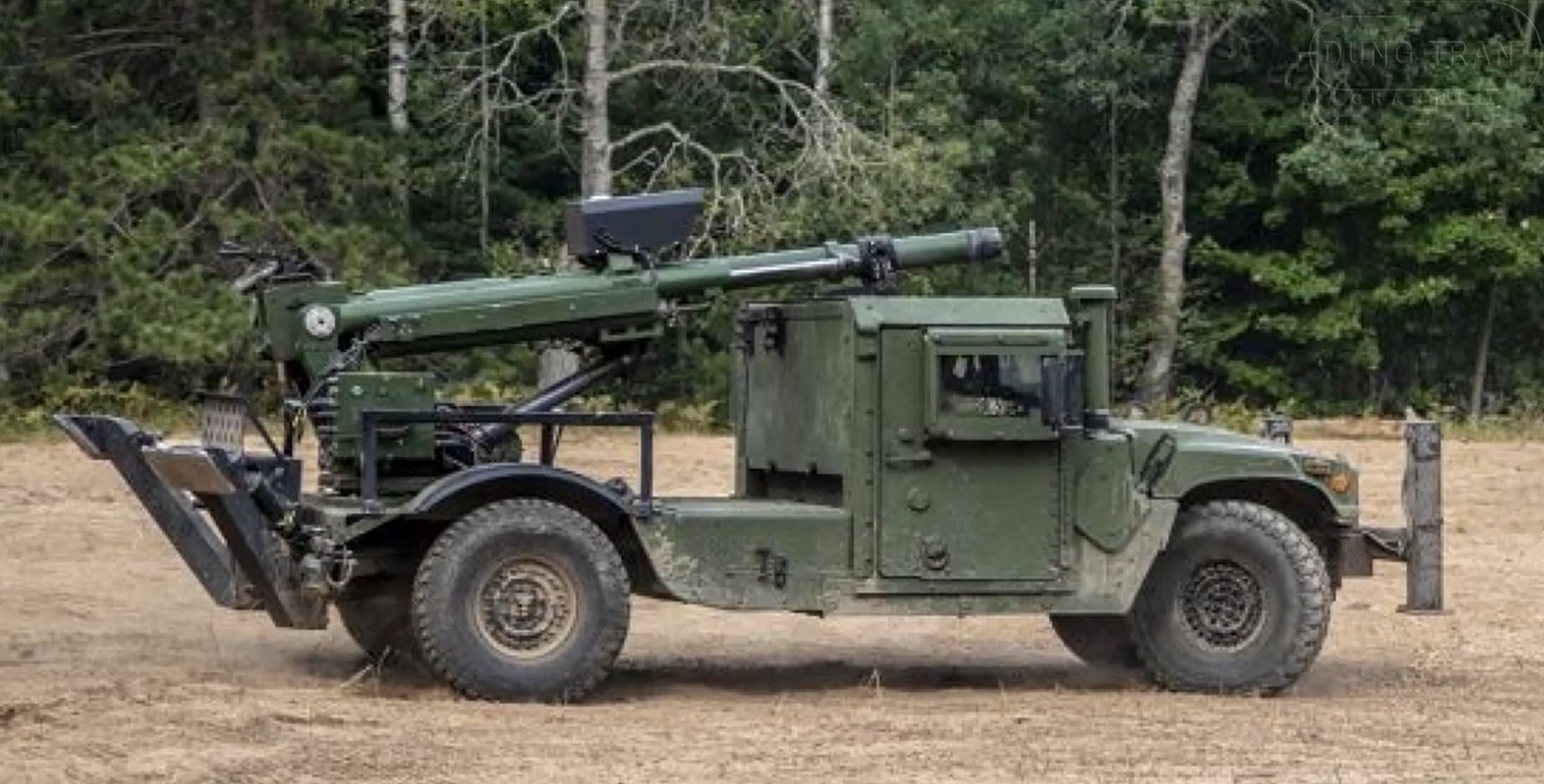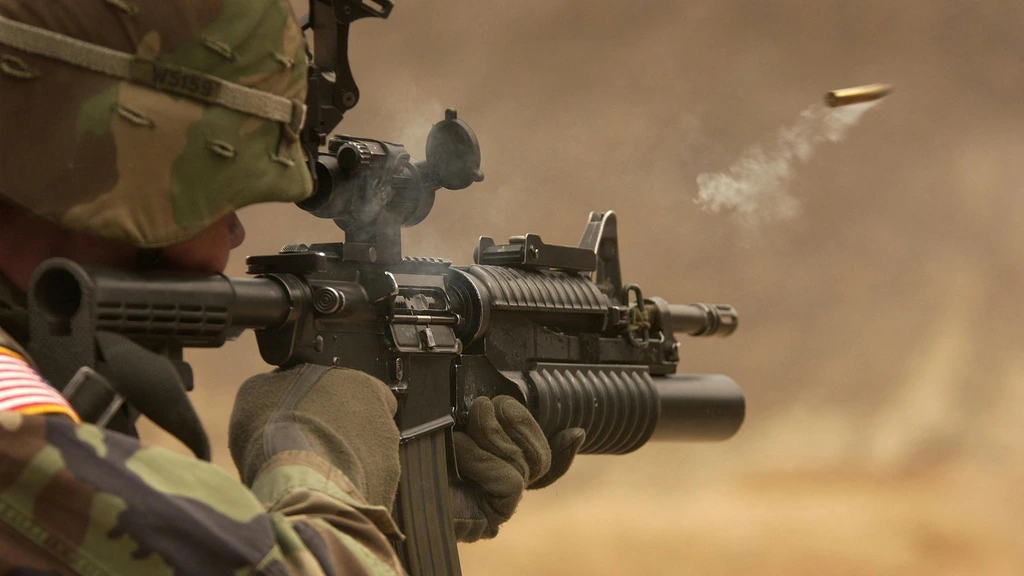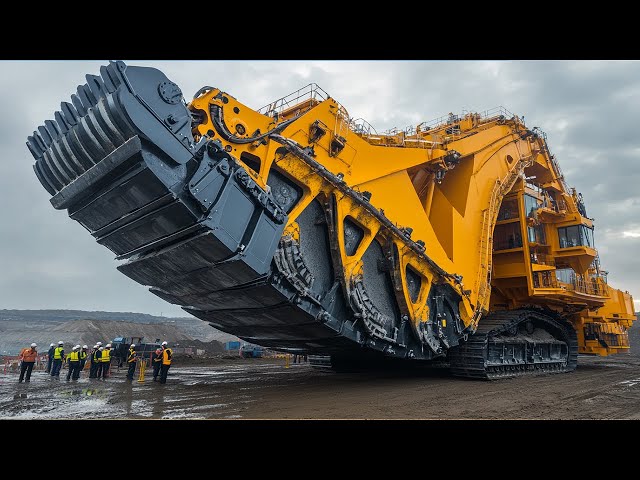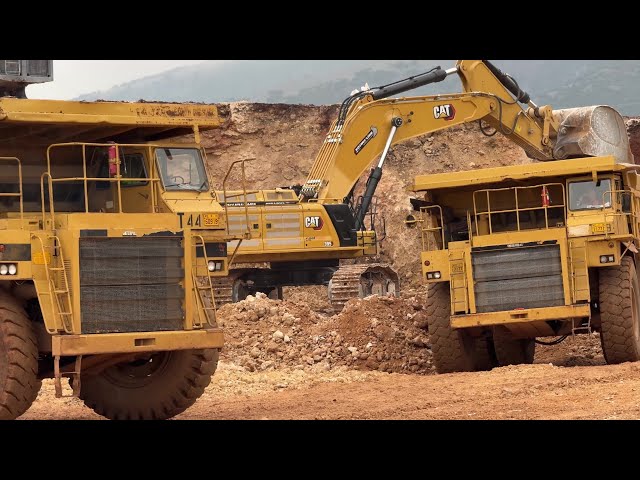Mine-Resistant Ambush Protected (MRAP) vehicles are designed to withstand improvised explosive device (IED) attacks and ambushes. They are critical to modern military operations, providing enhanced protection to the occupants. Today, we compare two outstanding MRAP vehicles: the Hurricane and the Typhoon. Both offer impressive specs and robust designs, but how do they stack up against each other?
The Hurricane MRAP
The Hurricane MRAP vehicle is renowned for its rugged durability and advanced defensive features. It has been a favorite among military forces due to its capability to navigate various terrains while protecting its occupants from explosive threats.
- Protection: The Hurricane features advanced composite armor for blast protection, top-notch mine-resistant seats, and side-rail protection.
- Mobility: Equipped with a powerful engine, the Hurricane has high off-road capability, making it suitable for diverse combat environments.
- Capacity: The vehicle can accommodate up to 10 personnel, ensuring adequate space for both crew and equipment.
The Typhoon MRAP
The Typhoon MRAP vehicle is another top contender in the field. Known for its state-of-the-art technology and superior build quality, it offers exceptional protection and performance.
- Protection: The Typhoon is equipped with a V-shaped hull to deflect blasts away from the vehicle, high-strength ballistic protection, and energy-absorbing seats.
- Mobility: It features a robust engine and adaptive suspension system that allows for smooth navigation over rough terrains.
- Capacity: Similar to the Hurricane, the Typhoon also accommodates up to 10 personnel, keeping in line with modern military requirements.
Comparison: Hurricane vs Typhoon
Now that we have a basic understanding of both the Hurricane and Typhoon MRAPs, let’s delve deeper into their comparative aspects.
Protection
Both these MRAPs are designed to offer excellent protection, but there are subtle differences. The Hurricane’s use of composite armor offers flexibility and robustness in various combat situations. On the other hand, the Typhoon’s V-shaped hull design is highly effective in deflecting blasts, offering specialized protection against IED threats.
Mobility
When it comes to mobility, both vehicles excel. The Hurricane’s high off-road capability is ideal for varied terrains, while the Typhoon’s adaptive suspension provides a smoother ride in rough environments. Both vehicles are expected to deliver exceptional performance, though the Typhoon might edge out slightly due to its advanced suspension technology.
Capacity
Capacity-wise, both MRAPs hold up to 10 personnel, ensuring ample space for operational teams and their equipment. There is little to differentiate the two in this aspect, making them equally competent in terms of capacity.
Specifications Table
| Specification | Hurricane | Typhoon |
|---|---|---|
| Occupant Capacity | 10 Personnel | 10 Personnel |
| Hull Design | Composite Armor | V-Shaped Hull |
| Engine | XXX HP | XXX HP |
| Suspension | Standard | Adaptive |
| Off-Road Capability | High | High |
Which Is the Best?
Deciding between the Hurricane and Typhoon MRAPs ultimately depends on the specific requirements and operational contexts they will be used in. The Hurricane is ideal for users looking for tried-and-tested ruggedness and comprehensive protection. Its composite armor and high off-road capabilities make it a versatile choice.
In contrast, the Typhoon’s cutting-edge design and adaptive suspension system may appeal to those who prioritize advanced technology and a smoother ride over rough terrains. Its V-shaped hull offers a specific advantage in blast deflection, making it an outstanding option for areas with high IED threat levels.
Both MRAPs have proven to be reliable and effective in various military operations. Therefore, the best choice is highly subjective and should align with the mission-specific requirements and terrains where these vehicles will be deployed.
